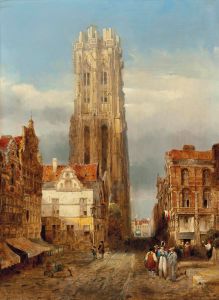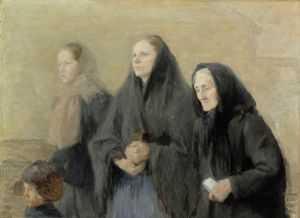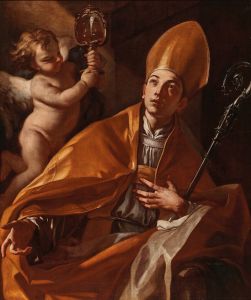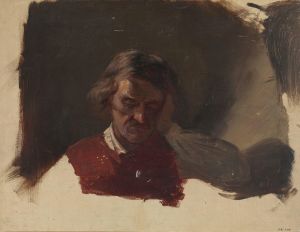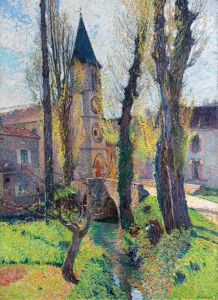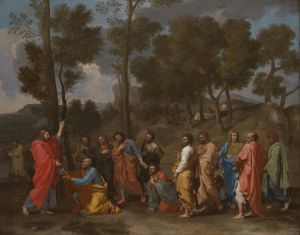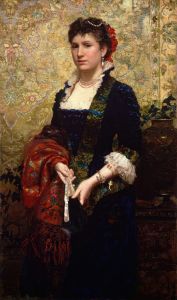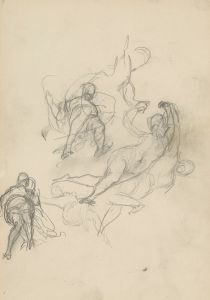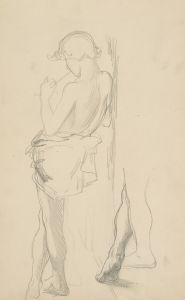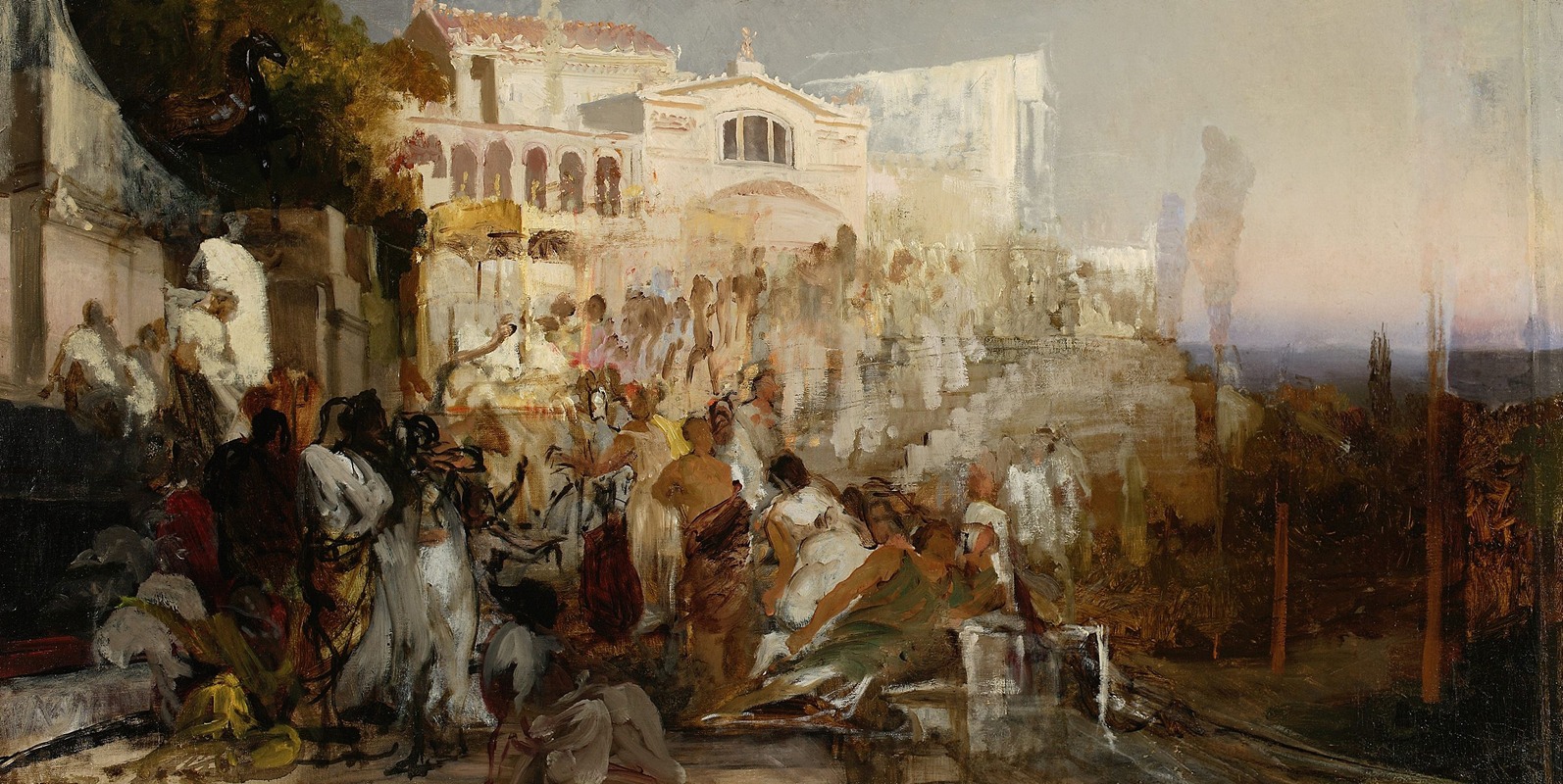
Candlesticks of Christianity, sketch
A hand-painted replica of Henryk Siemiradzki’s masterpiece Candlesticks of Christianity, sketch, meticulously crafted by professional artists to capture the true essence of the original. Each piece is created with museum-quality canvas and rare mineral pigments, carefully painted by experienced artists with delicate brushstrokes and rich, layered colors to perfectly recreate the texture of the original artwork. Unlike machine-printed reproductions, this hand-painted version brings the painting to life, infused with the artist’s emotions and skill in every stroke. Whether for personal collection or home decoration, it instantly elevates the artistic atmosphere of any space.
Henryk Siemiradzki's "Candlesticks of Christianity" is a sketch created by the renowned Polish painter Henryk Siemiradzki (1843–1902). Siemiradzki was a prominent artist of the 19th century, known for his large-scale historical and biblical paintings, often characterized by their dramatic compositions and meticulous attention to detail. His works frequently depicted scenes from antiquity, particularly those related to the Roman Empire and early Christianity.
The sketch "Candlesticks of Christianity" is believed to be a preparatory work for one of Siemiradzki's larger compositions. While the exact date of its creation is not definitively documented, it aligns with the artist's broader interest in exploring themes of early Christian martyrdom and the persecution of Christians in ancient Rome. Siemiradzki often used sketches as a way to experiment with composition, lighting, and the arrangement of figures before committing to a final painting.
The subject matter of the sketch reflects Siemiradzki's fascination with the intersection of faith and history. It likely references the persecution of Christians under the Roman Emperor Nero, particularly the infamous practice of using Christians as human torches to illuminate public spectacles. This theme was a recurring motif in Siemiradzki's work, as he sought to depict the suffering and resilience of early Christians in the face of oppression.
As with many of Siemiradzki's works, the sketch demonstrates his mastery of light and shadow, as well as his ability to convey emotion and narrative through the arrangement of figures. While the sketch itself may lack the polish and detail of a finished painting, it provides valuable insight into the artist's creative process and his approach to storytelling.
The current location of the sketch is not widely documented, and it is unclear whether it resides in a public collection or remains in private hands. Siemiradzki's works, including his sketches, are highly regarded for their historical and artistic significance, and they continue to be studied and appreciated by art historians and enthusiasts alike.
This sketch serves as a testament to Siemiradzki's dedication to capturing the complexities of human experience and his ability to bring historical and biblical narratives to life through his art.





